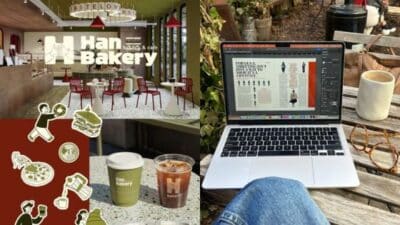Design education is changing quickly, shaped by technology, sustainability goals, and new ways of learning. You’re no longer preparing just to design objects or visuals—you’re learning how to shape systems, communities, and future possibilities. The future of design education lies in equipping you with adaptable skills that help you create responsible, inclusive, and forward-thinking solutions.
You engage in a world where artificial intelligence, global collaboration, and environmental awareness redefine creative practice. Design schools are shifting from static curricula toward flexible, project-based learning that connects theory with real-world impact. This evolution invites you to think critically, work across disciplines, and design for both human and planetary well-being.
By embracing these shifts, you prepare not just for emerging tools but for leading meaningful change in the profession. The choices you make today will influence how design continues to evolve in shaping society’s future.
Key Takeaways
- Design education is evolving toward adaptability and real-world relevance.
- Collaboration, technology, and ethics are reshaping creative learning.
- You gain the tools to lead meaningful, future-focused design change.
Core Shifts in the Future of Design Education

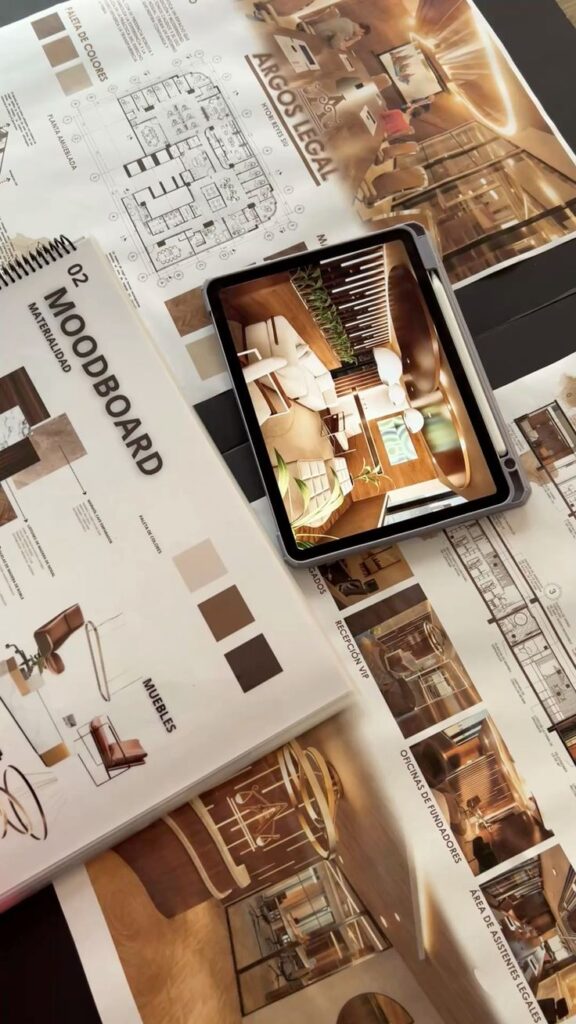
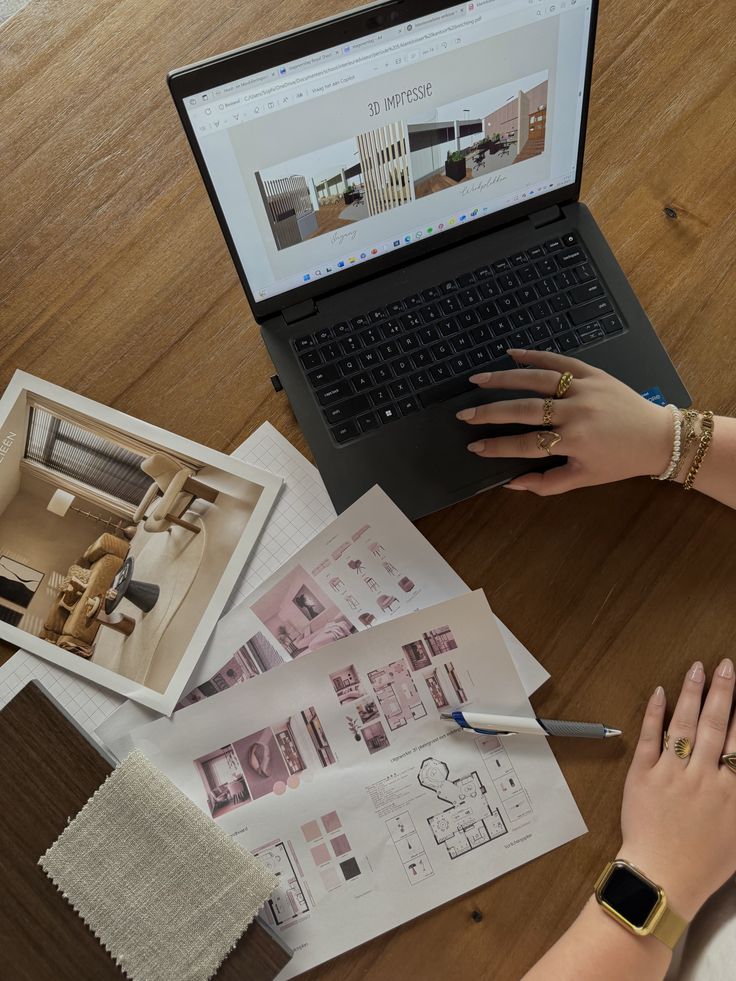
As design practices expand beyond aesthetics toward systems thinking and human–technological interaction, you face new expectations as both a learner and a practitioner. The next phase of design education emphasizes scientific understanding, iterative learning, and collaboration across borders and disciplines.
Integrating Design Science into Education
Design education increasingly connects creative practice with design science, a field that studies how design generates knowledge and solutions. You learn not only how to design but why certain design approaches solve problems more effectively. This mindset turns design into a systematic inquiry rather than a stylistic exercise.
Many institutions begin to combine data analysis, cognitive psychology, and sustainability studies within studio learning. This integration helps you evaluate evidence and measure design outcomes based on research rather than intuition alone. For example, a prototype becomes a tool for experimentation, not just presentation.
Key focus areas often include:
- Evidence-based design methodologies
- Systems mapping and modeling tools
- Ethical frameworks for responsible innovation
As a result, design education becomes a scientific process aimed at building replicable, meaningful change.
From Outcome to Process-Oriented Learning
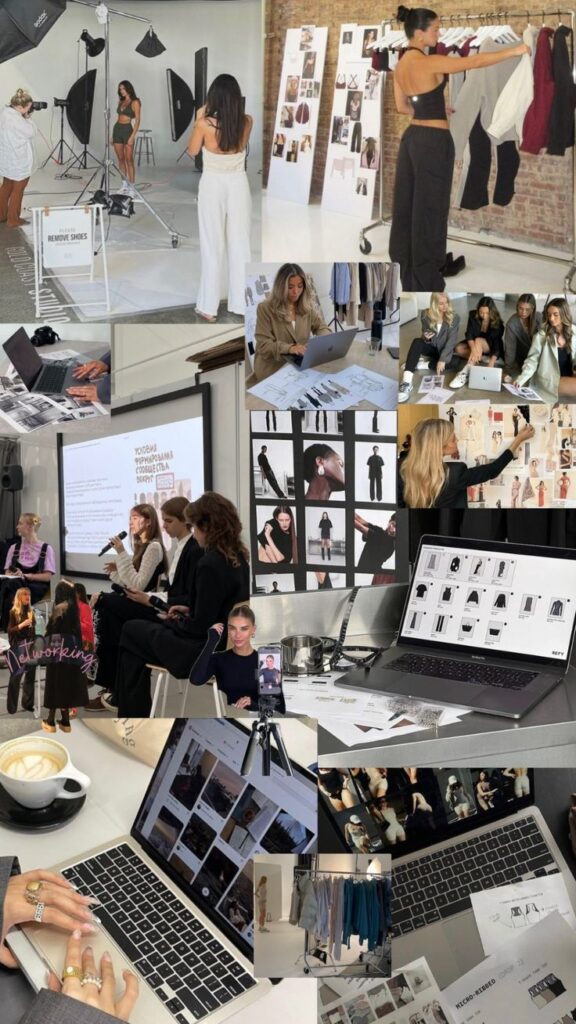
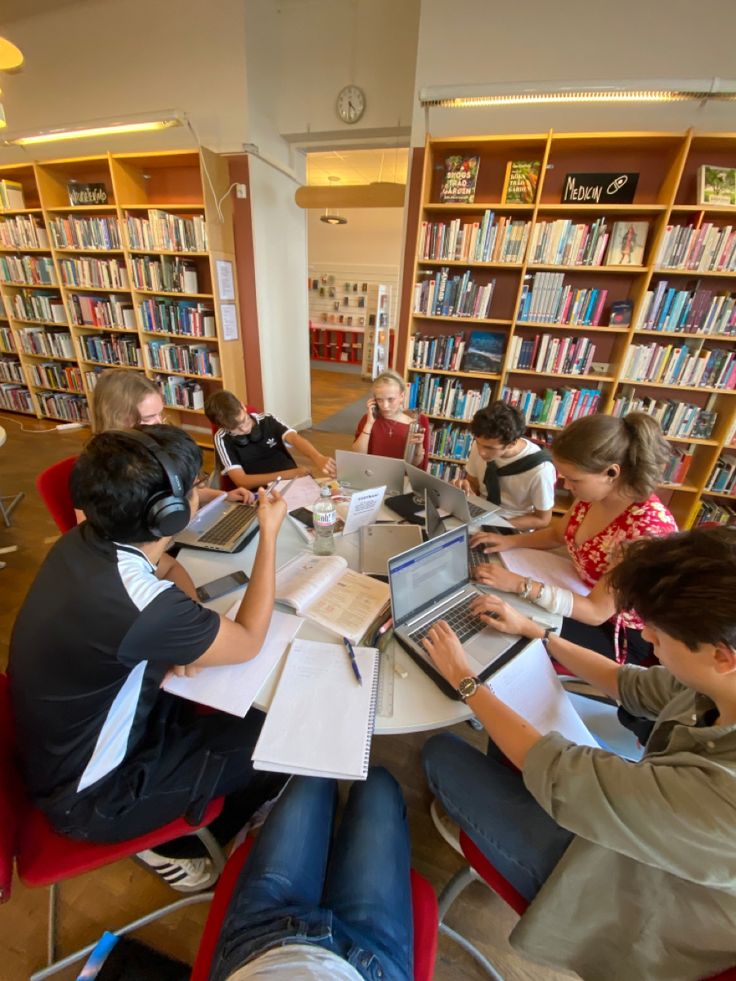
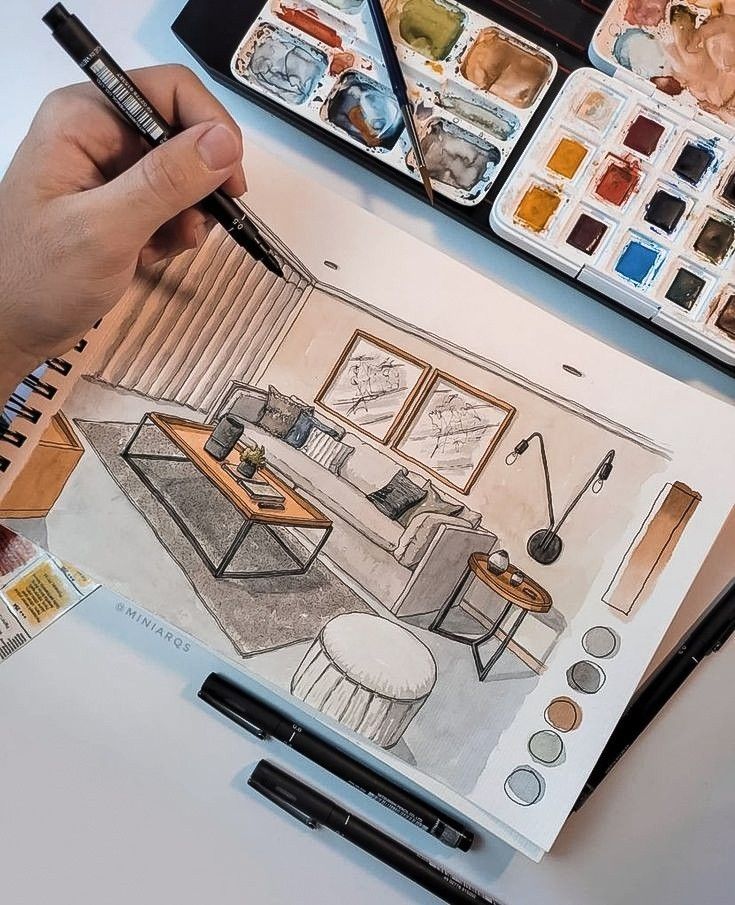
Programs worldwide shift from measuring success by polished outcomes to understanding the value of the process itself. You’re encouraged to test, fail, and iterate faster, seeing design as continuous learning. This approach mirrors how modern industries handle agile development and user-centered innovation.
Instructors now use reflection logs, collaborative critiques, and prototyping cycles to assess learning progress. The emphasis lies on your ability to adapt and make sound judgments rather than producing one flawless deliverable.
A comparison can help clarify the change:
| Evaluation Focus | Traditional Approach | Process-Oriented Approach |
|---|---|---|
| Measurement | Final product quality | Iteration, research depth, adaptability |
| Learning Style | Instruction-led | Student-driven, self-evaluative |
| Goal | Visual excellence | Systemic problem understanding |
This reorientation makes you responsible for your growth and helps align education with real-world design workflows.
International and Interdisciplinary Collaboration
The future of design education depends on integrating global and cross-disciplinary experiences. You may work alongside engineers, social scientists, and policy experts, reflecting how design challenges span cultural and sectoral boundaries. Shared workspaces and online platforms now link learners from different time zones and disciplines.
Such collaboration builds awareness of contextual design, urging you to consider environmental, social, and ethical impacts beyond your immediate project goals. Global partnerships between schools and professional organizations expose you to diverse problem-solving models.
This structure prepares you to design for complexity—addressing healthcare systems, digital ethics, or climate resilience—where no single discipline holds all the answers.
Transforming Design School Curricula

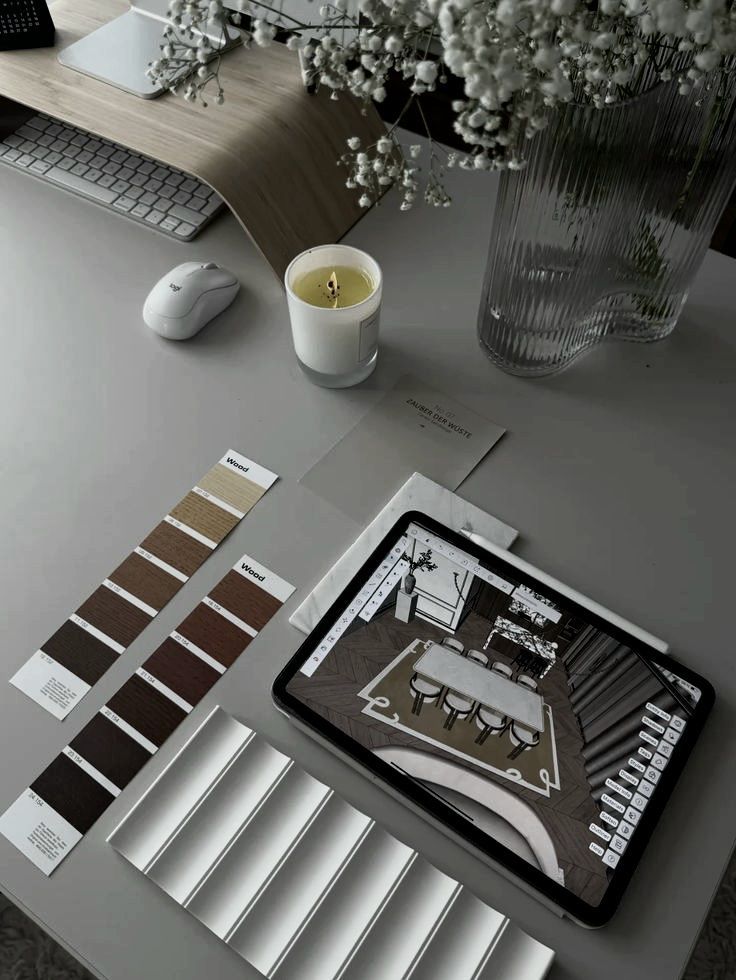
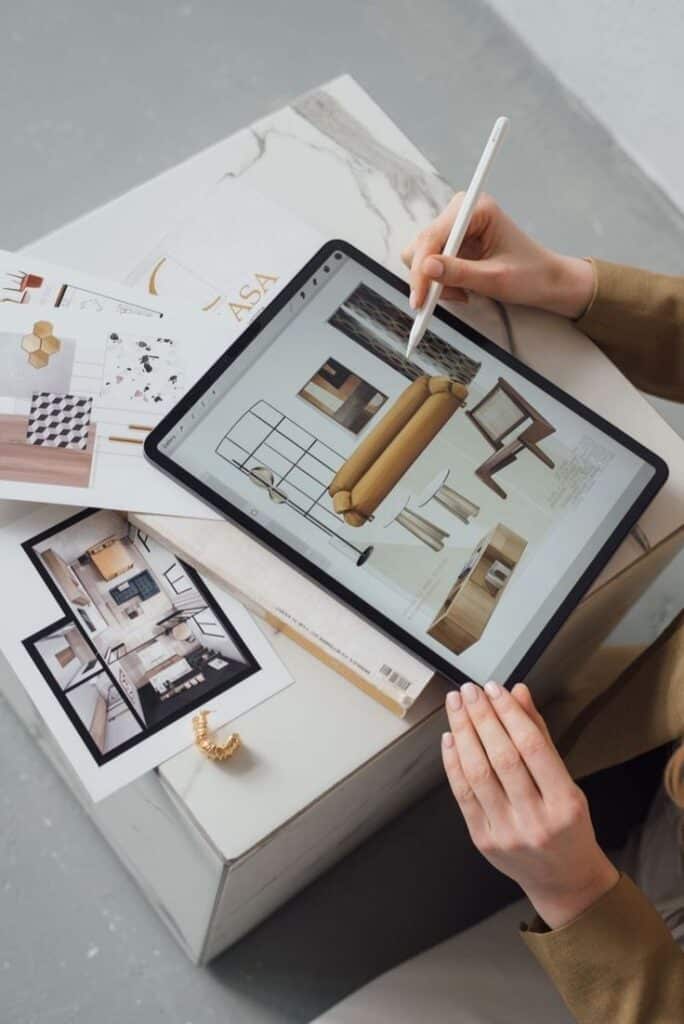
Design education continues to evolve as technology, culture, and global priorities reshape how designers learn and work. You need to build digital fluency, ethics-driven thinking, and collaborative skills that make your education relevant in real settings.
Adapting to Digital Innovation
Digital tools now define much of the design process, from sketching in virtual environments to prototyping with AI-driven software. You should learn how to use these tools not as shortcuts but as extensions of your creative and analytical thinking.
Design schools increasingly incorporate AI, extended reality (XR), and generative design platforms into studio classes. These tools let you simulate materials, user interactions, and spaces before physical production begins. Instructors often use digital platforms to teach collaboration, version tracking, and rapid iteration—skills now essential across industries.
A useful way to prepare is to understand the balance between technical skill and conceptual depth. The table below shows how both skills interact:
| Skill Area | Example Tools | Purpose |
|---|---|---|
| Visualization | XR, 3D rendering software | Explore spatial and aesthetic qualities |
| Process Management | Collaborative design platforms | Coordinate feedback and track iterations |
| Analysis | AI-based prototyping tools | Test usability and functional outcomes |
Digital innovation should not isolate you from physical making but instead expand your design vocabulary. You develop agility by blending hands-on practice with digital precision.
Inclusive and Responsible Design Principles

Modern design education emphasizes responsibility and inclusivity as core professional values. You learn to evaluate how your design decisions affect communities, resources, and accessibility. This means going beyond aesthetics to consider long-term use, sustainability, and social impact.
Design schools now integrate universal design frameworks and ethical design modules into coursework. You might take part in workshops that analyze case studies on algorithmic bias, environmental impact, or accessibility design. These experiences train you to think critically about who benefits from your solutions and who might be excluded.
To apply these principles effectively:
- Map stakeholders early in a project.
- Consult diverse users during testing.
- Document design decisions transparently.
These practices make your work accountable, practical, and more adaptable in a global market attentive to equity and environmental standards.
Real-World Project-Based Learning
You gain the most when your design school connects learning with real-world practice. Collaborative projects with external partners let you see how design thinking operates within business, public service, and community contexts.
Many programs now establish industry residencies or cooperative studio courses where you work directly with clients. These experiences sharpen skills in teamwork, communication, and time management. They also reveal the trade-offs professionals face—budget limits, client preferences, and production timelines—that textbooks often overlook.
Project-based learning promotes iterative thinking. You gather feedback, test prototypes, and refine ideas based on measurable outcomes. This applied approach helps bridge the gap between theory and application, preparing you for professional practice with a mindset focused on adaptability and continuous learning.
Technology and the Designer of Tomorrow
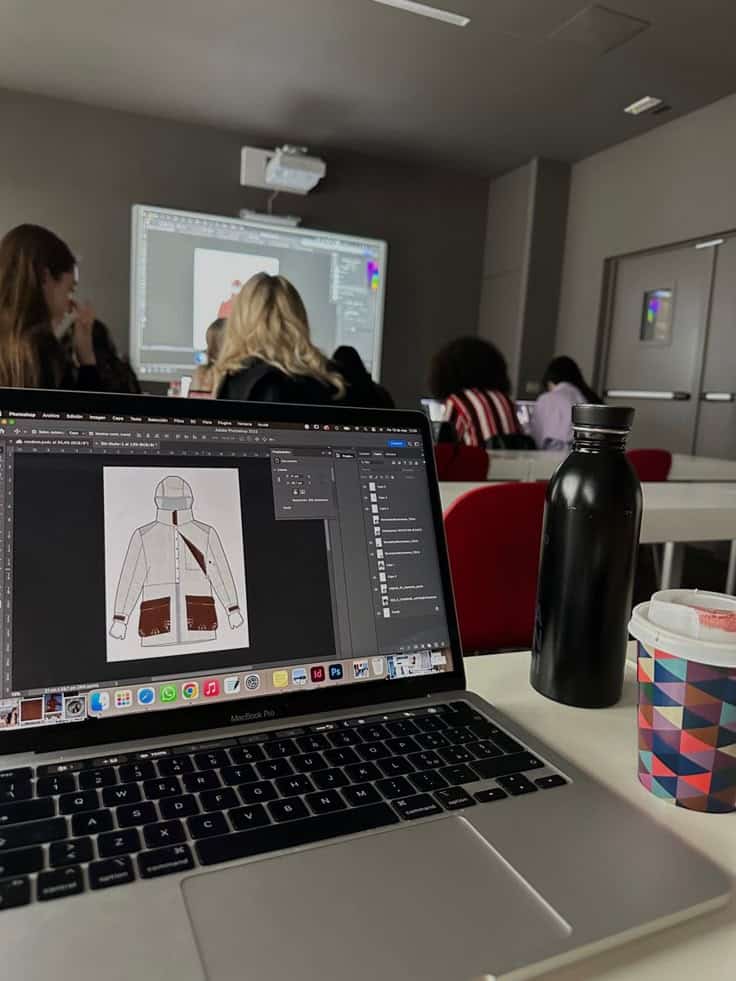
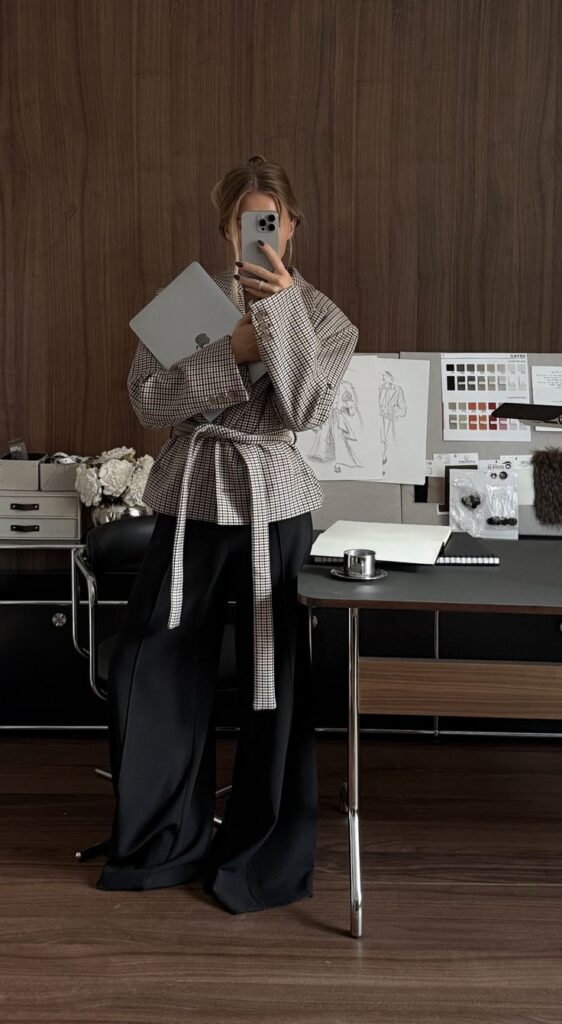

You face a design landscape shaped by rapid technological change and evolving social expectations. Designers must understand how digital tools, automation, and human insight combine to create solutions that are both innovative and responsible.
Leveraging AI and Emerging Technologies
Artificial intelligence, virtual reality, and generative design now form part of everyday design work. You use AI-based tools to generate ideas, predict outcomes, and optimize materials before production begins. These systems handle repetitive or complex calculations, freeing you to focus on creativity and strategic thinking.
In design schools, simulation environments and digital prototyping let you test concepts in real time. Tools like machine learning–driven visualization or augmented reality (AR) overlays can reveal overlooked design problems early. Such approaches bridge physical and digital spaces, supporting experimentation without high material costs.
| Technology | Typical Use in Design Education |
|---|---|
| AI Design Tools | Automate form generation, analyze data trends |
| VR/AR Labs | Prototype and visualize immersive experiences |
| Cloud Collaboration | Enable cross-disciplinary teamwork |
To stay relevant, you adapt continuously, learning new platforms and workflows that mirror industry demands. This active integration of technology helps you build resilience in a fast-changing creative economy.
Balancing Human-Centered and Technology-Driven Approaches
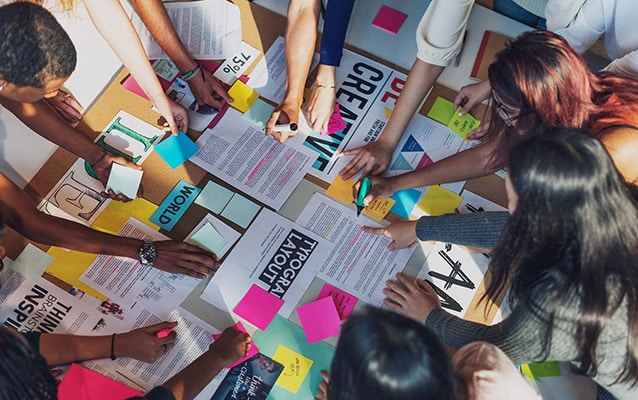
While technology shapes your process, human perspectives remain central to strong design outcomes. You must align algorithmic efficiency with ethical, inclusive, and sustainable practices. When AI suggests designs, you interpret them through empathy and cultural understanding to ensure they respect user diversity.
Design education now emphasizes critical technological literacy. You learn not just how to use tools but how to question their assumptions—who they serve, what data they rely on, and what biases they may reproduce. This helps you maintain creative control even in automated workflows.
Courses frequently combine data analysis and user research to promote balanced decision-making. For instance, you might analyze user metrics to refine an interface, then validate it through real human feedback. That synergy safeguards creativity as technology evolves.
Preparing Students for Future Career Pathways
Careers in design increasingly blur boundaries between disciplines. You may work with engineers, computer scientists, or policy experts to build integrated solutions. Design schools now prepare you for this shift by embedding interdisciplinary teamwork, sustainability, and ethical technology use into their curricula.
Industry partnerships provide hands-on experience through collaborative studios or internships. By engaging with companies using AI-driven design or immersive media, you learn how theoretical principles apply in production settings. This connection grounds your education in current practices.
Emerging job paths include interaction design strategist, virtual environment designer, and design technologist. These roles demand both creative insight and technical fluency. You position yourself not just as a designer but as a bridge between human intent and technological potential.
Sustainability and Social Impact in Design
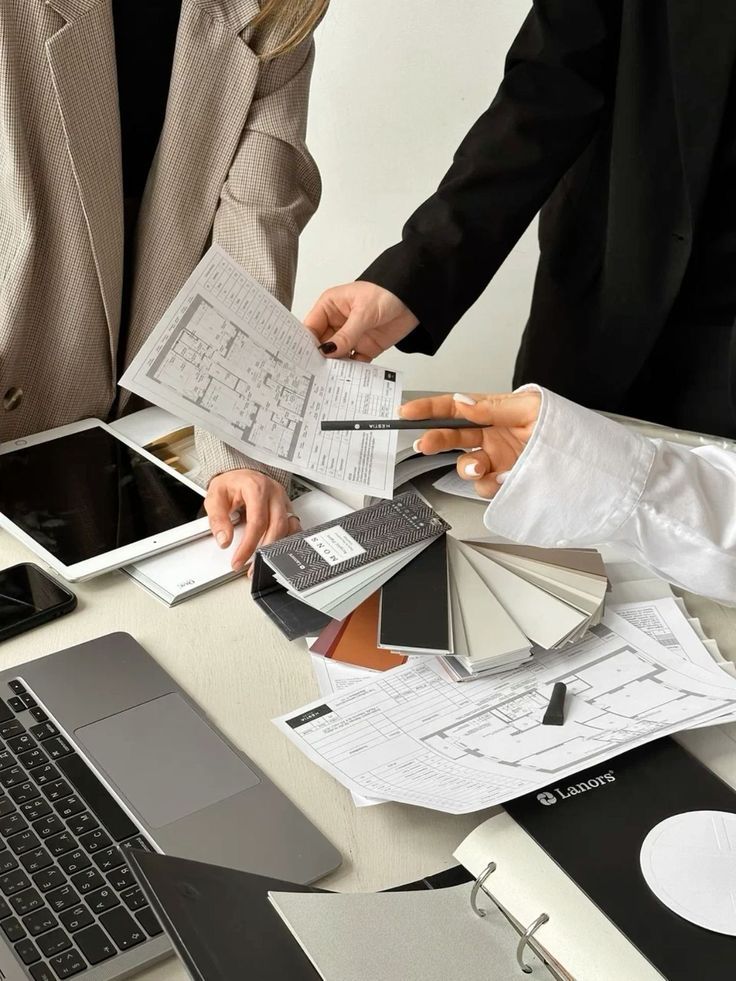

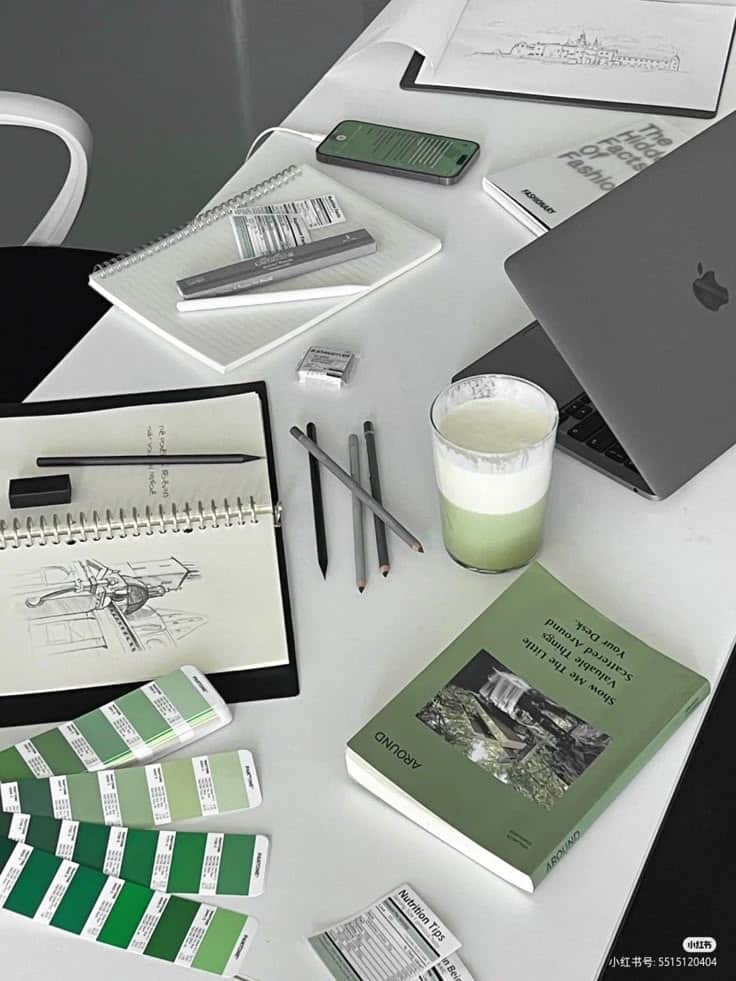
You prepare for a design industry that demands responsibility as much as creativity. Environmental awareness, ethical decision-making, and equitable access now shape the way you learn, research, and apply design. These elements ensure that your education has relevance beyond aesthetics and extends to measurable social and ecological outcomes.
Climate-Conscious Design Methodologies
You approach sustainability through practical frameworks that connect design choices with measurable environmental impact. Methods such as life cycle analysis (LCA) and circular design principles help you evaluate material sourcing, energy use, and end-of-life product management. In studio projects, you may assess how reuse or modular design can reduce waste without reducing performance.
Educational programs now integrate subjects like biodesign, low-carbon materials, and systems thinking to teach you to anticipate environmental effects at every stage of the design process. When you analyze prototypes, you consider factors such as carbon footprint and recyclability rather than aesthetics alone.
| Key Focus Area | Design Application |
|---|---|
| Life Cycle Thinking | Reduces hidden environmental costs |
| Circular Production Models | Encourages repair, reuse, and material recovery |
| Passive Design Strategies | Cuts energy use through layout and materials |
With these methods, your design practice begins to align with both industry demand and global sustainability goals.
Ethics and Social Responsibility
Design is not neutral. Every choice you make—materials, users prioritized, data collected—reflects a set of values. In design education, courses on ethical innovation and responsible research highlight how your work can either reinforce or challenge harmful systems.
You learn to evaluate stakeholder interests and weigh trade-offs between convenience, cost, and ethical outcomes. Case studies on inclusive technologies or sustainable business models invite you to see how small decisions scale into systemic impact.
In group critiques, you discuss dilemmas such as digital bias, cultural appropriation, or accessibility. These conversations translate theory into practice, helping you adopt design approaches that protect privacy, uphold dignity, and avoid exploitation. Over time, ethics becomes part of your creative process—not an afterthought.
Equity and Access in Design Education
A sustainable design culture depends on who gets to participate. Access to design education still varies by geography, income, and technology availability. Programs that emphasize universal design and open educational resources help you reduce these disparities.
Many schools are expanding community partnerships so students can co-create with marginalized groups instead of designing for them. This participatory approach builds mutual learning and leads to designs that serve real needs.
You might join workshops that use affordable, locally sourced materials to prototype solutions. These exercises not only improve technical skill but also expose you to social contexts that shape sustainability outcomes. By learning inclusively, you strengthen both design equity and the future relevance of your work.
Global Perspectives and Future Directions
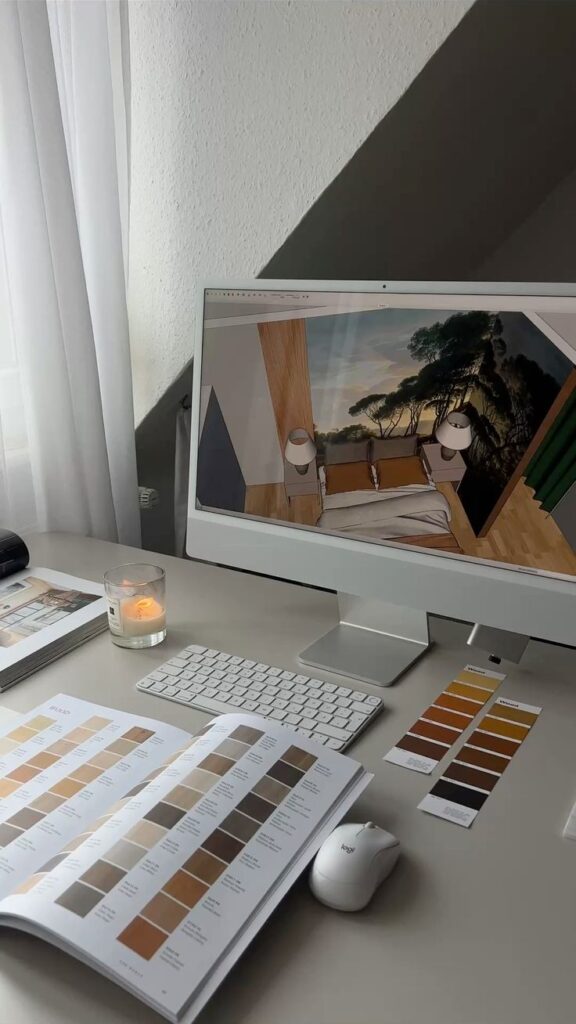

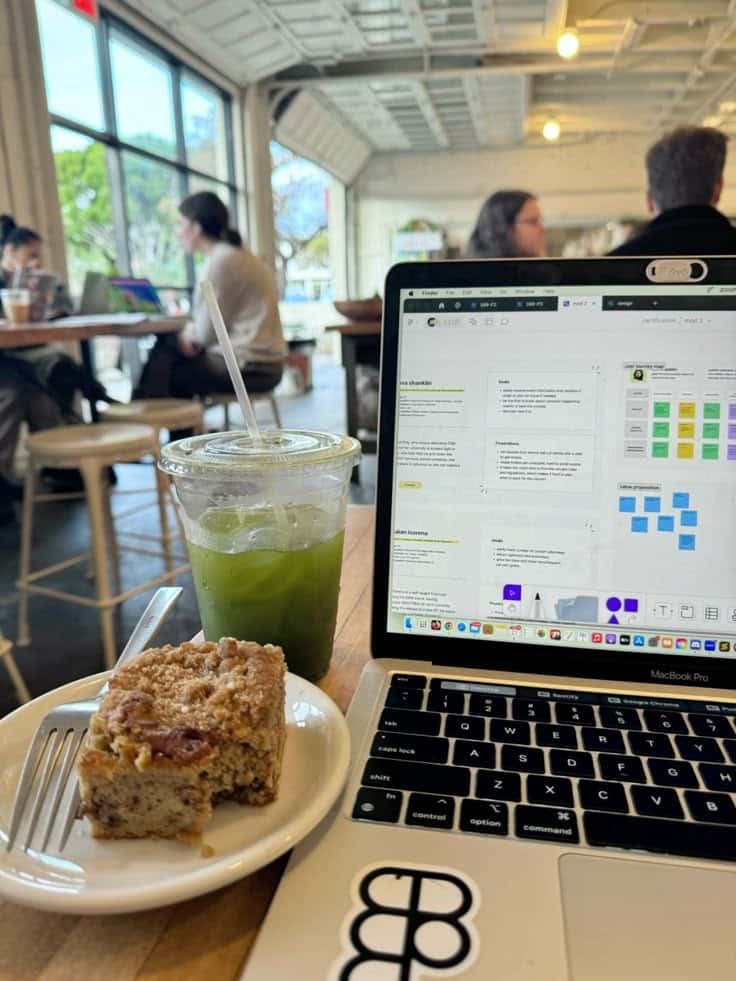
Efforts to reimagine design education center on inclusivity, long-term social responsibility, and measurable public value. You encounter new institutional models, emerging from diverse regions and philanthropic collaborations, shaping how design schools equip learners for global and local challenges.
Emergence of Non-Western Models
You see new frameworks in Asia, Africa, and Latin America challenging the dominance of Euro-American design education. Institutions in India, Singapore, and Kenya now integrate local materials, crafts, and cultural heritage into curricula that balance tradition with innovation.
These models promote contextual design thinking—where problem-solving draws from lived experience instead of imported theory. For example, community-based studios link academic learning with regional industries to solve real problems like sustainable housing or responsible product development.
| Emerging Region | Focus Area | Example Practice |
|---|---|---|
| East Asia | Design + Technology | Integrating AI-assisted prototyping |
| Sub-Saharan Africa | Inclusive Design | Collaborations with community craft networks |
| Latin America | Environmental Design | Circular material systems research |
These developments encourage you to recognize that the future of design education relies on diversity of thought, not replication of one model.
Philanthropy and Long-Term Vision in Education

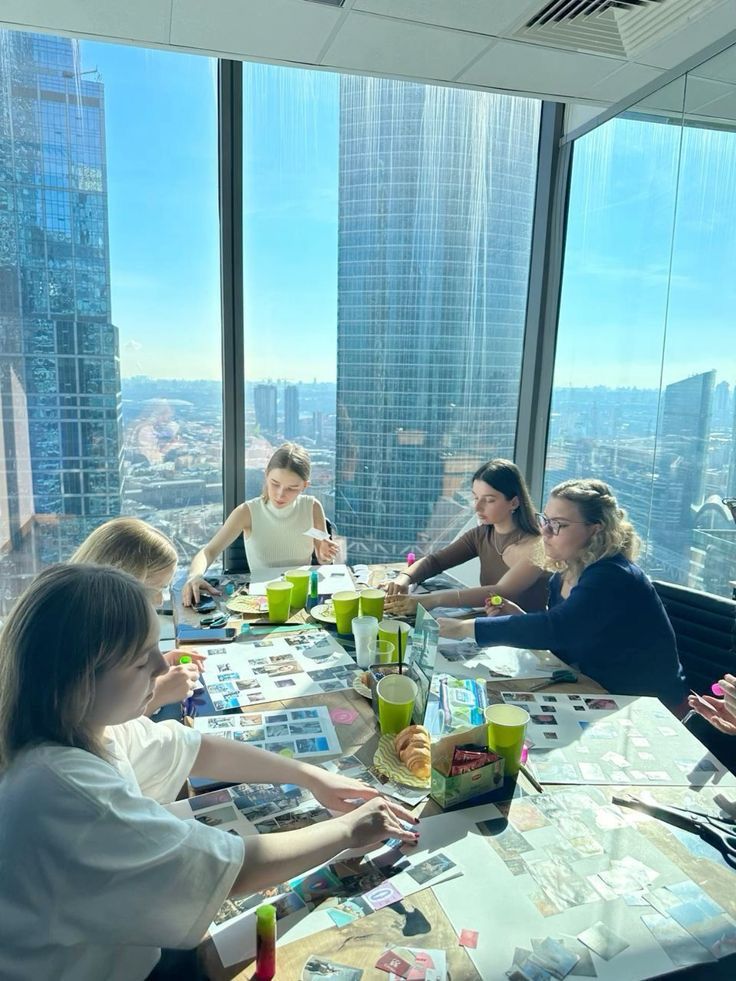
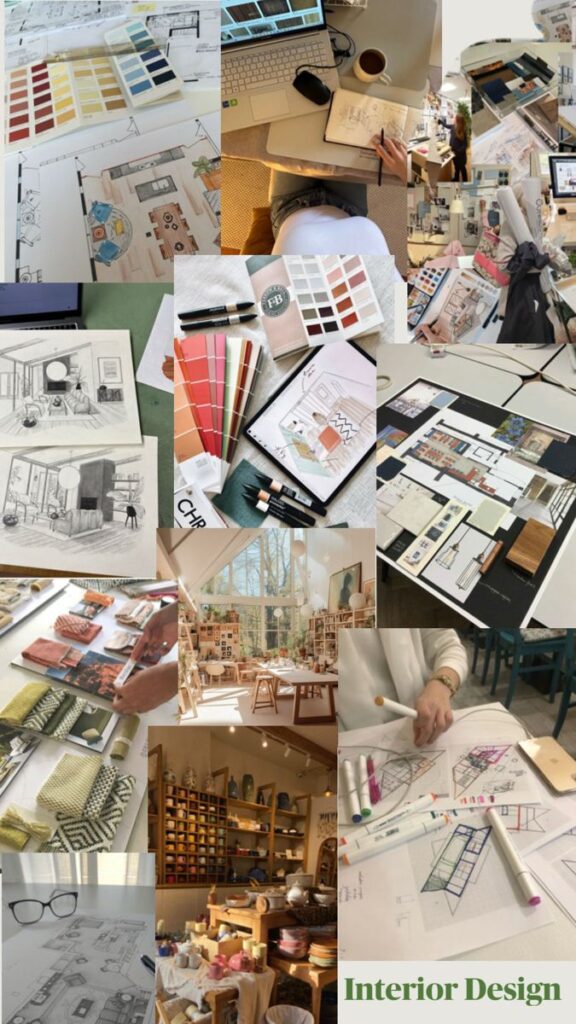
You might notice a growing reliance on philanthropic investment to fund experimental studios and digital resources. Endowments and design-focused foundations support long-horizon thinking that public budgets often cannot sustain. By prioritizing education as a social investment, donors enable faculty and students to address long-term planetary needs rather than only short-term industry trends.
Major partnerships now connect design schools with innovation labs and civic organizations. These partnerships often provide stable funding for research that links design with climate adaptation, healthcare, or inclusive technology. You benefit when such alliances focus less on prestige and more on sustained capacity building.
This shift makes design education more proactive. Instead of reacting to immediate market needs, institutions gain the flexibility to plan for sustainable futures.
Public Value and Societal Contribution
You increasingly measure a design school’s success not just by graduate employment but by its public value. This involves showing how design outcomes improve accessibility, environmental performance, and everyday life.
Projects that serve public goods—like responsible urban design or educational interface design—redefine how design’s impact is evaluated. Policy makers and educators now use social metrics alongside portfolio quality to assess effectiveness.
You play a role in this transition by engaging in open-source collaboration, local problem-solving, and transparent evaluation. Schools that frame design as a public service help you connect creativity to responsibility, ensuring that design education continues to contribute meaningfully to society.
- 5shares
- Facebook0
- Pinterest5
- Twitter0
